|
Set off for an historic tour of Guelph and was
delighted to have Gilbert A. Stelter with us to tell us all about the
founding. Gilbert is a University Professor Emeritus at UoG.
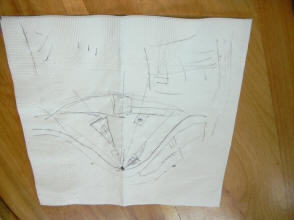
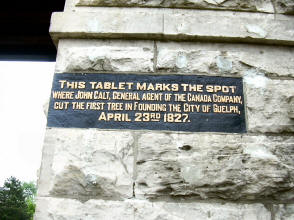
He started off by drawing us a diagram on the
paper napkin to show us how Guelph was laid out in a radial form and told
us that 7% of the city was reserved for the religious houses, so much for
government land, a section for commerce, etc. He also explained how
the founding of a town before agriculture came from Scotland where the
clan chiefs and land lords wanted to retain workers in their area instead
of losing them to emigration. By building a town it then created a mill,
which led to other small industries and also a market to trade goods made
in the area and thus work for a portion of the population. It was this
laying out of a town to attract farmers to the area that meant it was not
cheap to settle here and thus only emigrants with some means would come
here. On the other hand it was not seen as a place for the very rich and
so developed a very good middle class population. Beyond the town
bounderies land was parceled out for farms. He told me that the first
Scottish settlers were very influencial in the area althoug the English
and Dutch had higher populations locally.
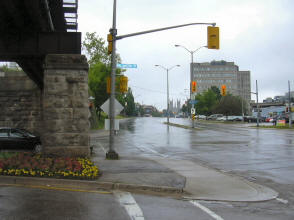
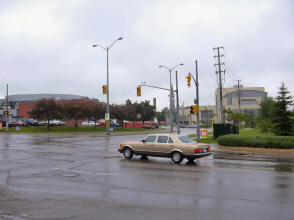
And so we can still see the origional radial
design
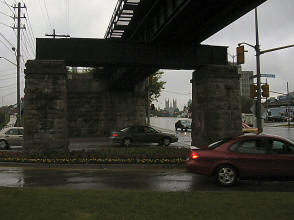

And just fifty yards away we can see the
remains of the very first mill
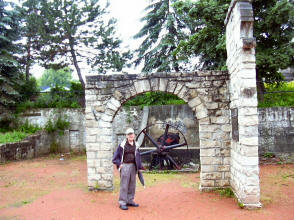
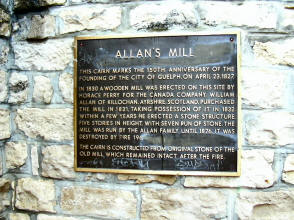
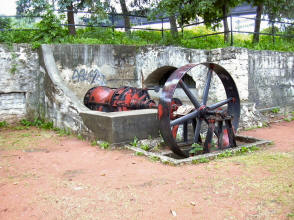
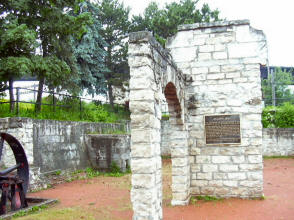
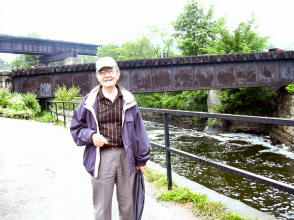
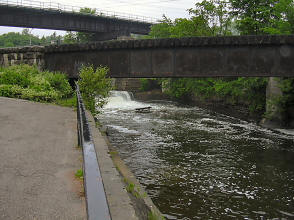
And this is a picture of Gil standing beside
the origonal water course
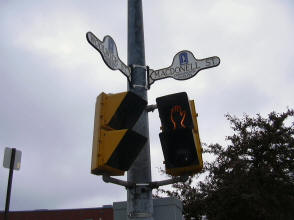
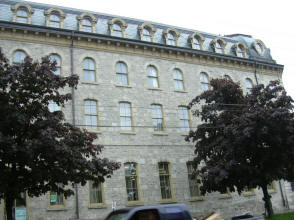
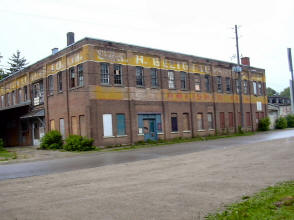
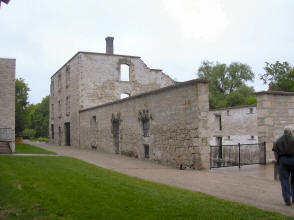
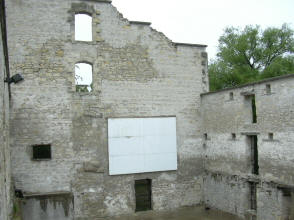
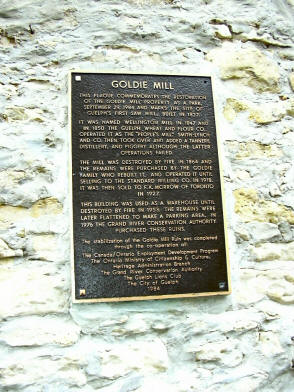
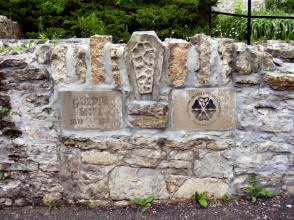
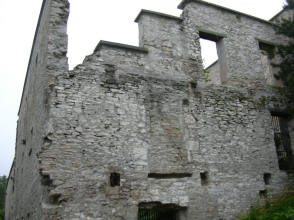
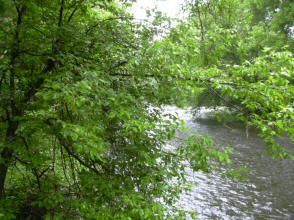

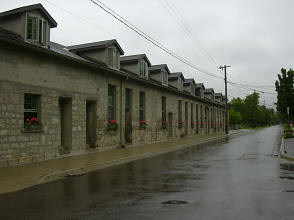
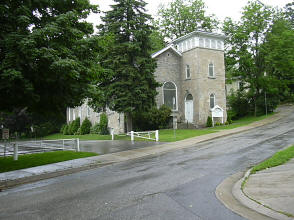
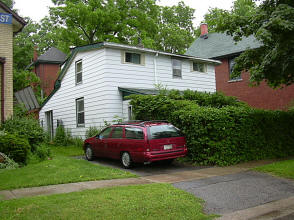
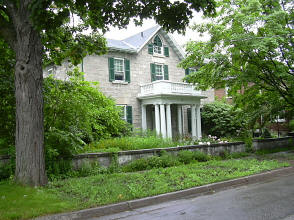
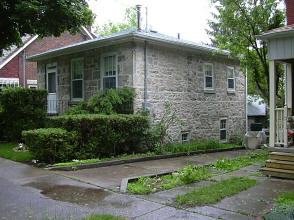
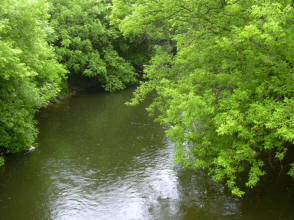 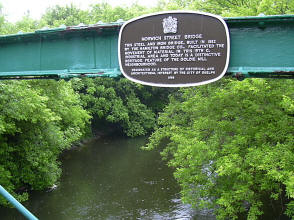
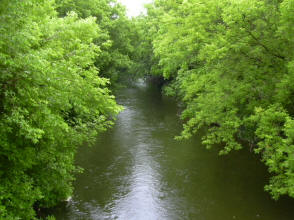
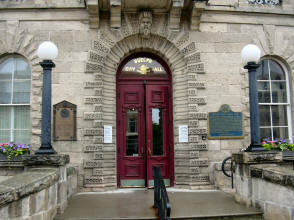

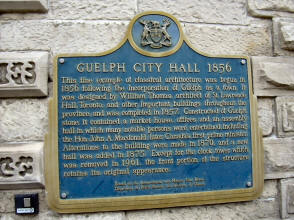
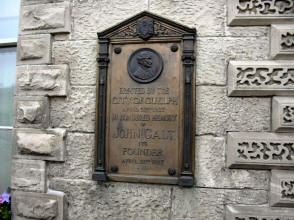
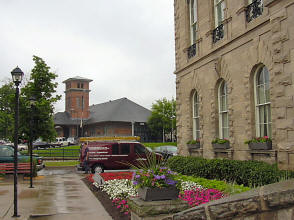
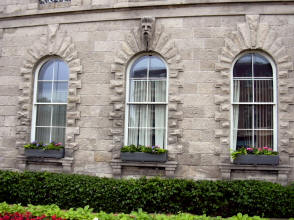
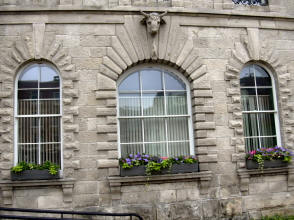
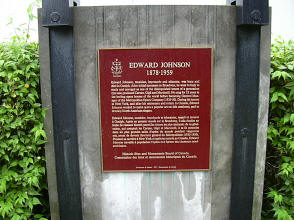
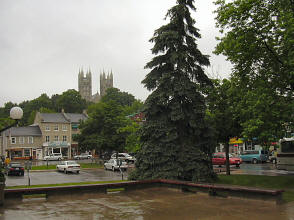
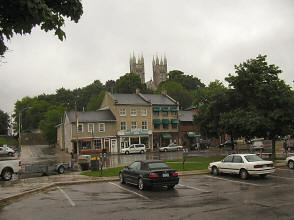
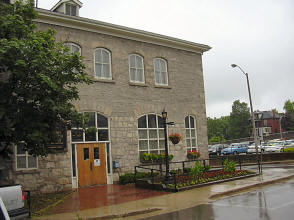
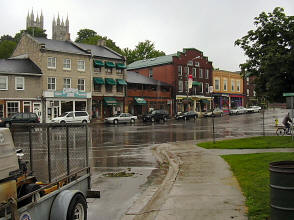
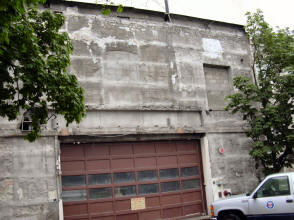
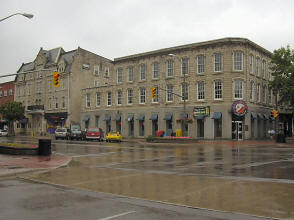
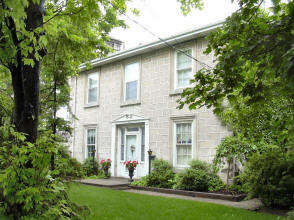
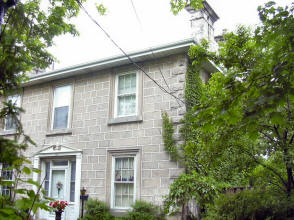
And so we completed the wee tour at McRae's
House See Gil's web
page at
http://www.uoguelph.ca/history/urban.html |
